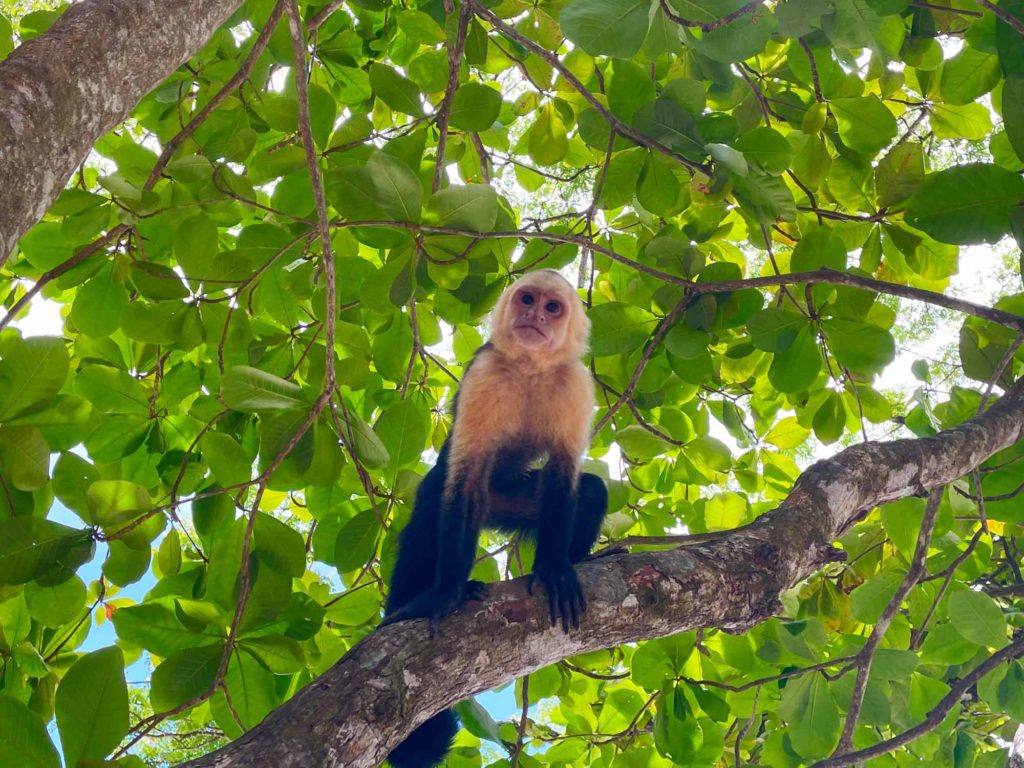Costa Rica Travel FAQ

Before a trip to an unknown place or a place that it has been some time since your visit, it’s normal to have some questions about it. Here you will find an answer to the most asked questions related to Costa Rica right now:
Since November 1st, Costa Rica’s borders are open to any person who meets Visa and COVID-19 protocols requirements. Since October 26th, Costa Rica’s Government eliminated the requirement of presenting a COVID-19 test and also a quarantine period after arrival.
Please bear in mind that these measures could change depending on the evolution of the pandemic.
Usually, Costa Rica doesn’t ask Visa to many countries, but everything depends on how long you are planning to stay and your nationality.
Here is a list of all countries and their Visa requirements to enter Costa Rica: http://www.costarica-embassy.org/index.php?q=node/51
The “Colón” is Costa Rica’s official currency, although you can usually pay with American Dollars in almost any place. $1 usually equals around 600 colones.
Costa Rica has bills for 50,000 colones ($83), 20,000 colones ($33), 10,000 colones ($16), 5,000 colones ($8), 2,000 colones ($3) and 1,000 colones ($1.5).
Costa Rica has also coins, for 500 colones ($0.83), 100 colones ($0.17), 50 colones ($0.08) and 25 colones ($0.04).
This is a relative question since it depends a lot from where you live. But for many tourists and also locals, they consider Costa Rica an expensive country. It is as if we compare the country to their next-door neighbors, Nicaragua and Panamá.
Let’s put some perspective on how much cost different things:
Big Mac –> 2,350 colones ($3.91)
600mL local natural water bottle –> 650 colones ($1.08)
6,000mL local natural water bottle –> 2,600 colones ($4.33)
350mL local beer (Imperial) –> 825 colones ($1.37)
600g Pringles can –> 930 colones ($1.5)
52.7g Snickers bar –> 710 colones ($1.18)
Average entry ticket to national parks –> 5000 colones ($8.33)
Average cost for an inner city bus ride –> 400 colones ($0.66)
Average cost for a bus ride from one city to another –> 3500 colones ($5.83)
Casado (Costa Rica typical meal) –> 2,500 colones ($4.10)
Fancy average dinner in touristic location for two –> 50,000 colones ($83.33)
According to the US Center for Disease Control, it is safe to drink tap water in Costa Rica. Although, in more rural and undeveloped locations, it’s recommended to have some precautions. If you want to be extra precautious, you can always find bottled water from local brands Alpina or Cristal and international brands such as Evian, Pellegrino, Voss, among others…
Costa Rica’s primary language is Spanish and its spoken throughout the entire country. The second language is English, which is widely spoken mainly in touristic spots.
Costa Rica just has one time zone, which is in the UTC−06:00 (6 hours behind Coordinated Universal Time (UTC)). Costa Rica keeps the same time offset all days of the year.
Touristic fact: Sunsets will always be between 17h and 18h. Don’t miss them! Specially if you are in the Pacific Coastline.
There are two international airports in Costa Rica, Juan Santamaría International Airport is in Alajuela Province just 15-20 minutes away from Costa Rica’s capital city, San José. This airport receives the bulk of planes and has daily flies to the US, Canada, Europe and several Latin American countries. This is your best option if you want to visit different parts of Costa Rica. Usually every tour of over one day starts from San José.
Your other option is Daniel Oduber International Airport, in Guanacaste Province. This airport receives flies mainly from the US and Canada. This is your best option if you just want to visit Guanacaste’s beaches or if you want to start your trip from there. Bear in mind that this airport is 4 hours away from San José.
You will always find pleasant temperatures in Costa Rica (24 degrees average throughout the year).
But the best time to visit Costa Rica is between December and April. During these months you will experience Costa Rica’s dry season, which is perfect for outdoor activities such as hiking, canopy, kayak and more… In the rest of the year, it is also nice to visit Costa Rica (I mean, if you want to visit a rainforest, it would be cooler if it was raining right?) although the probability of rain is higher.
You should know that the Caribbean coastline has a different behaviour regarding weather, Caribbean dry season is between March and September.
Petty theft is the biggest problem in Costa Rica, but in recent years armed robberies have been increasing but not as the same level as other Latin American countries.
Costa Rica’s citizens are known for being really kind and good people but don’t trust everyone you meet and you can’t be cautious enough, so, always try to lock the doors of your cars and hotel rooms.
